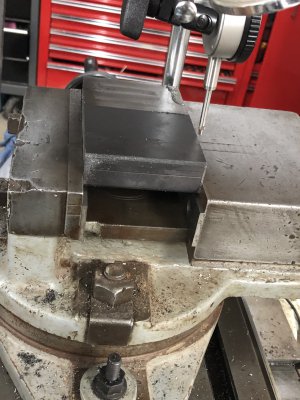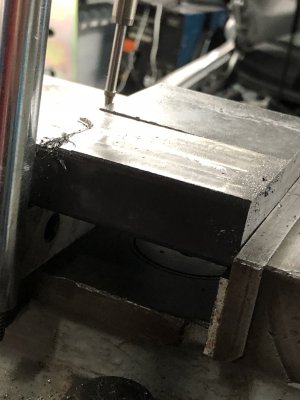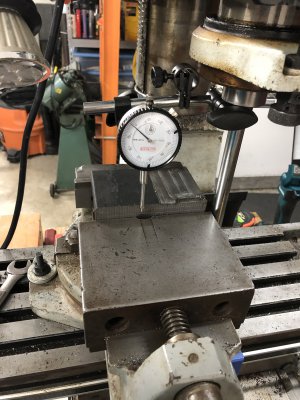- Joined
- Aug 15, 2013
- Messages
- 2,597
Like others, I’m not exactly sure what it is that you’re doing. A photo of the work piece orientation in the vise and telling us the actual depth of cut and width of cut might be helpful to help you analyze the problem.
Tom
Edit: After seeing post #14, I have pared my original response down to the only part that turned out to be useful.
Tom
Edit: After seeing post #14, I have pared my original response down to the only part that turned out to be useful.
Last edited:



